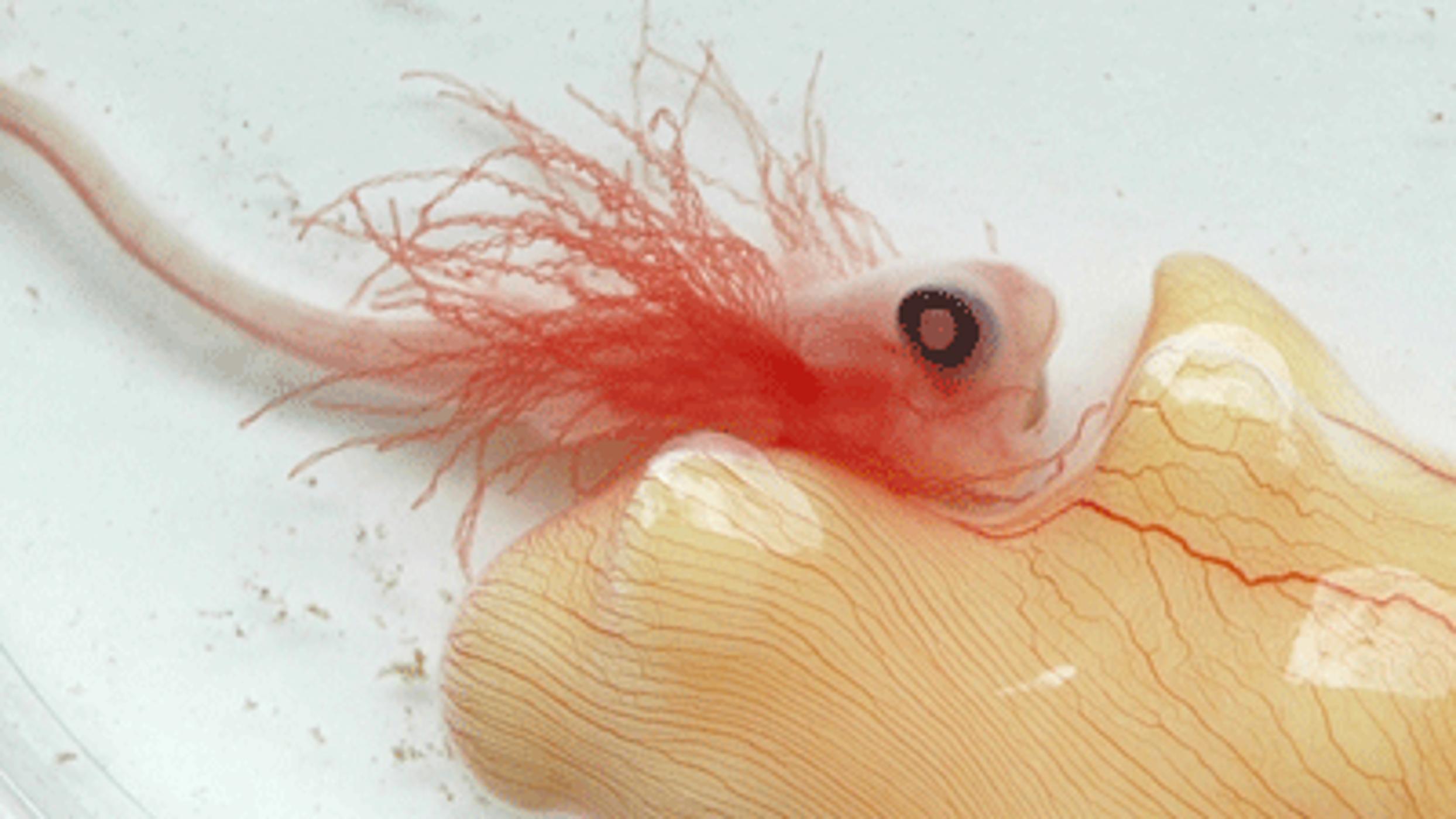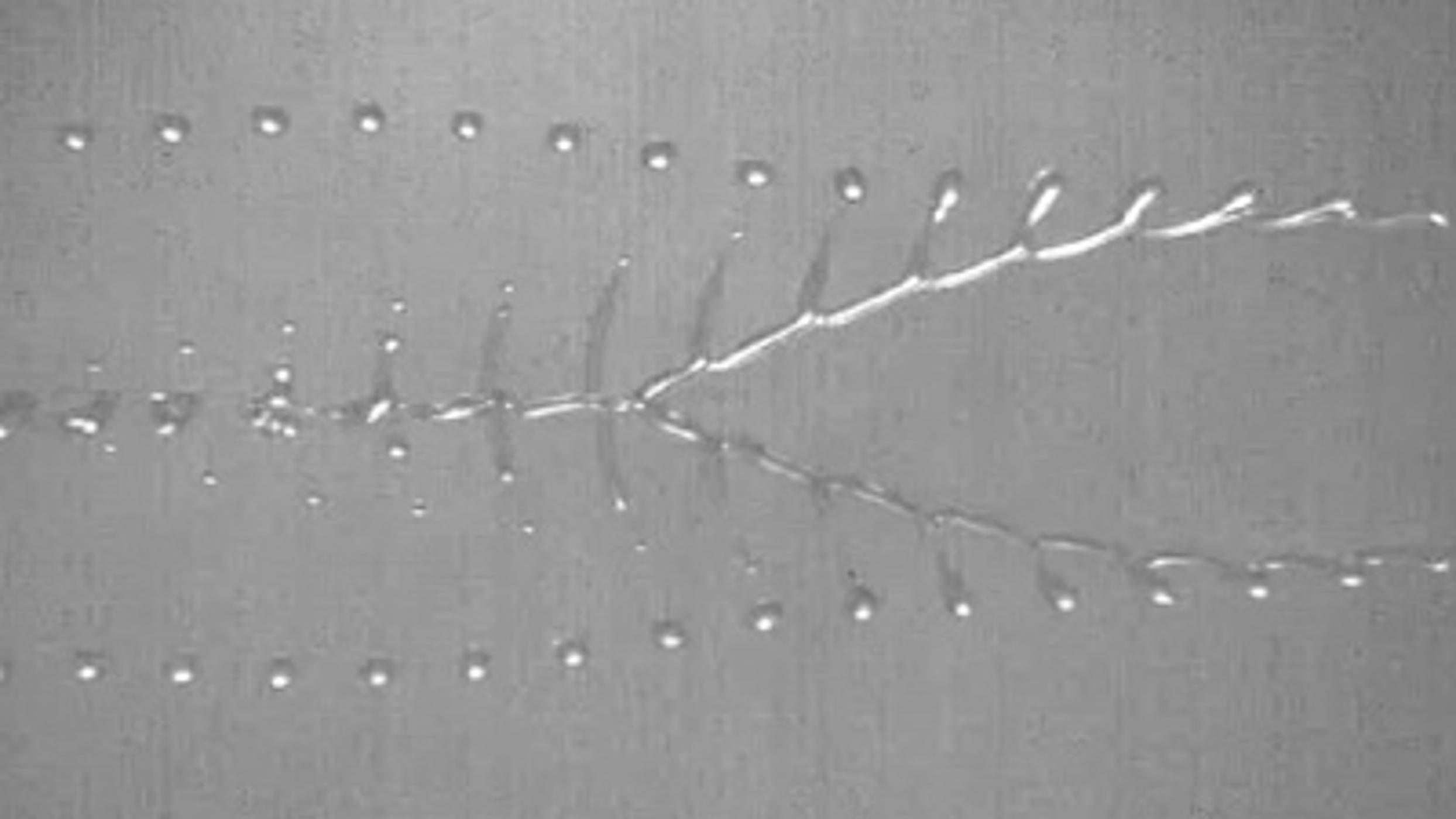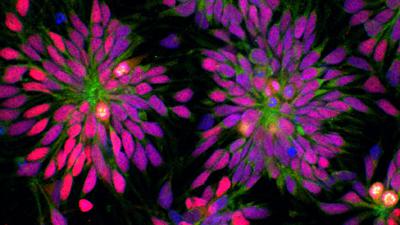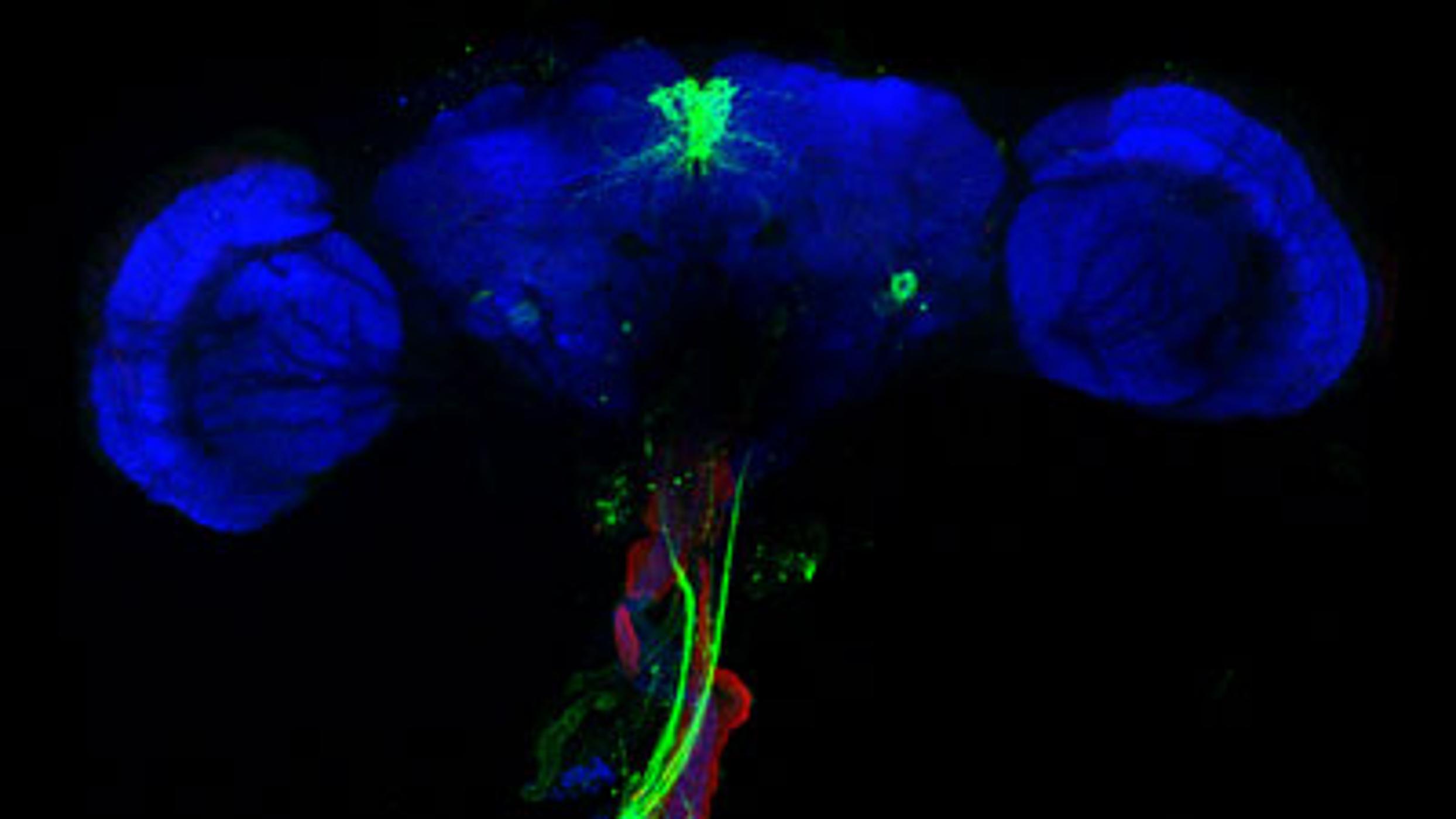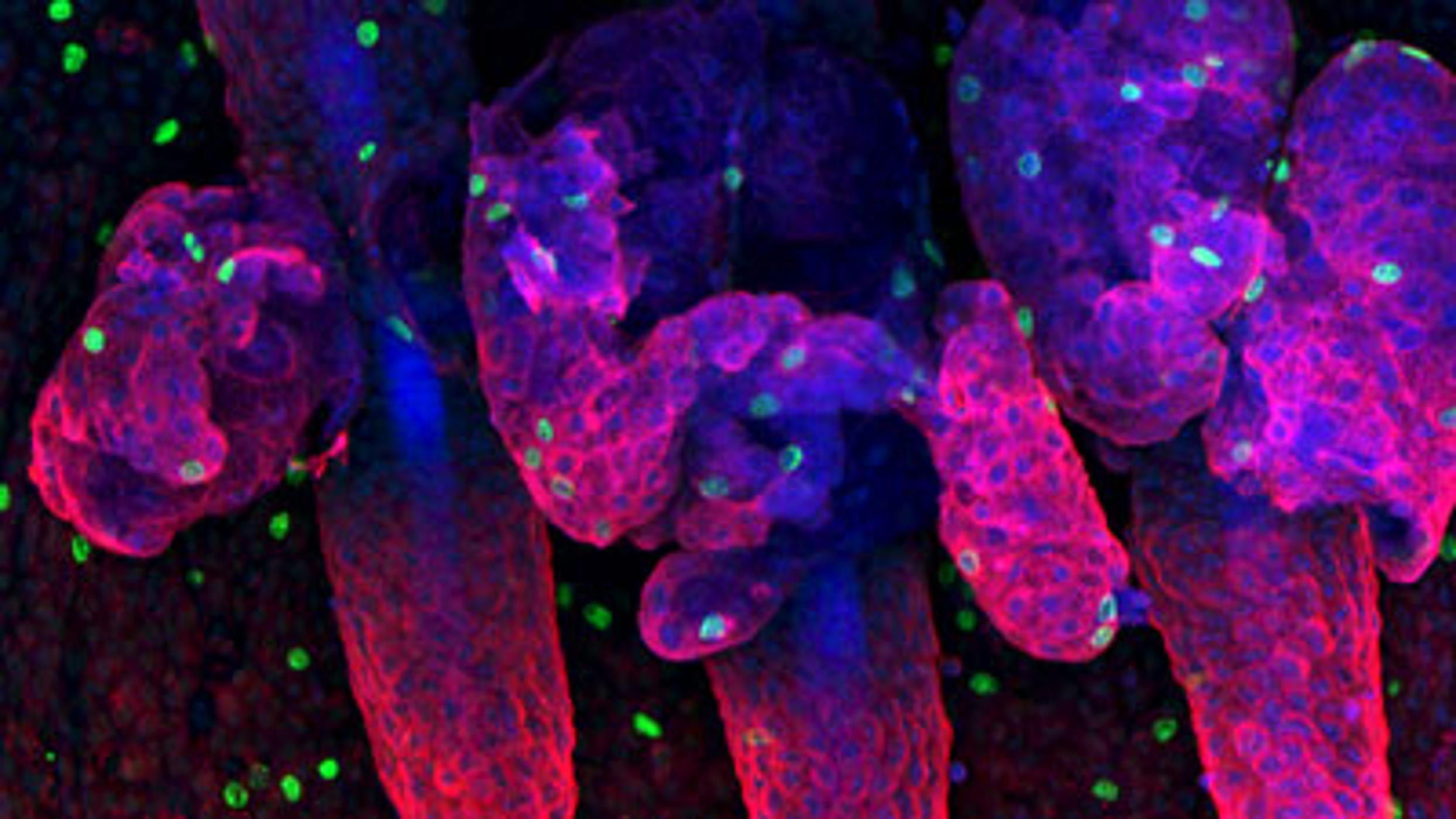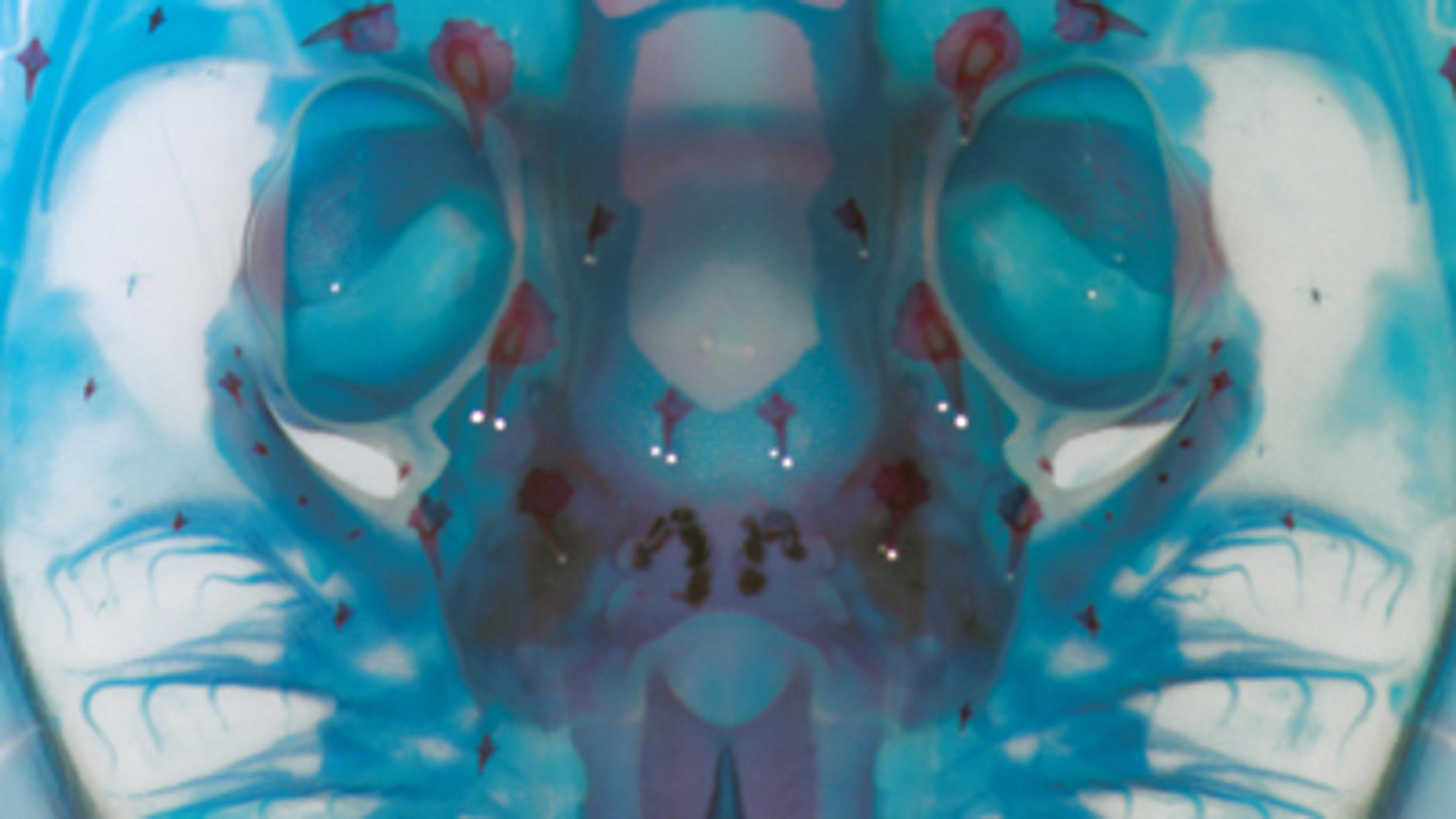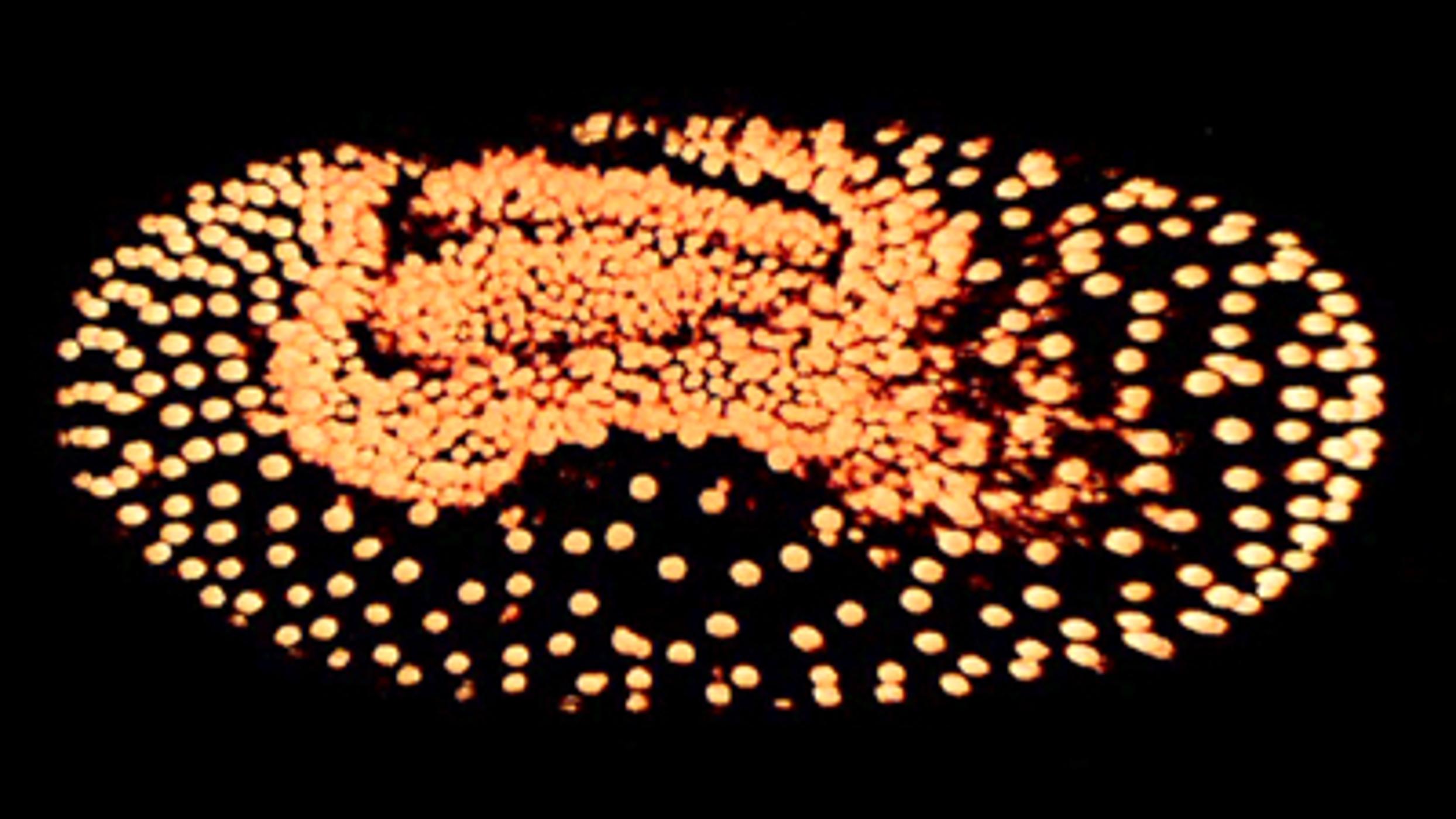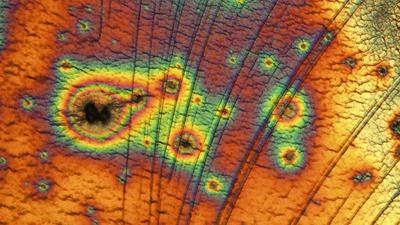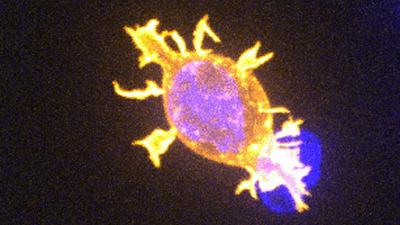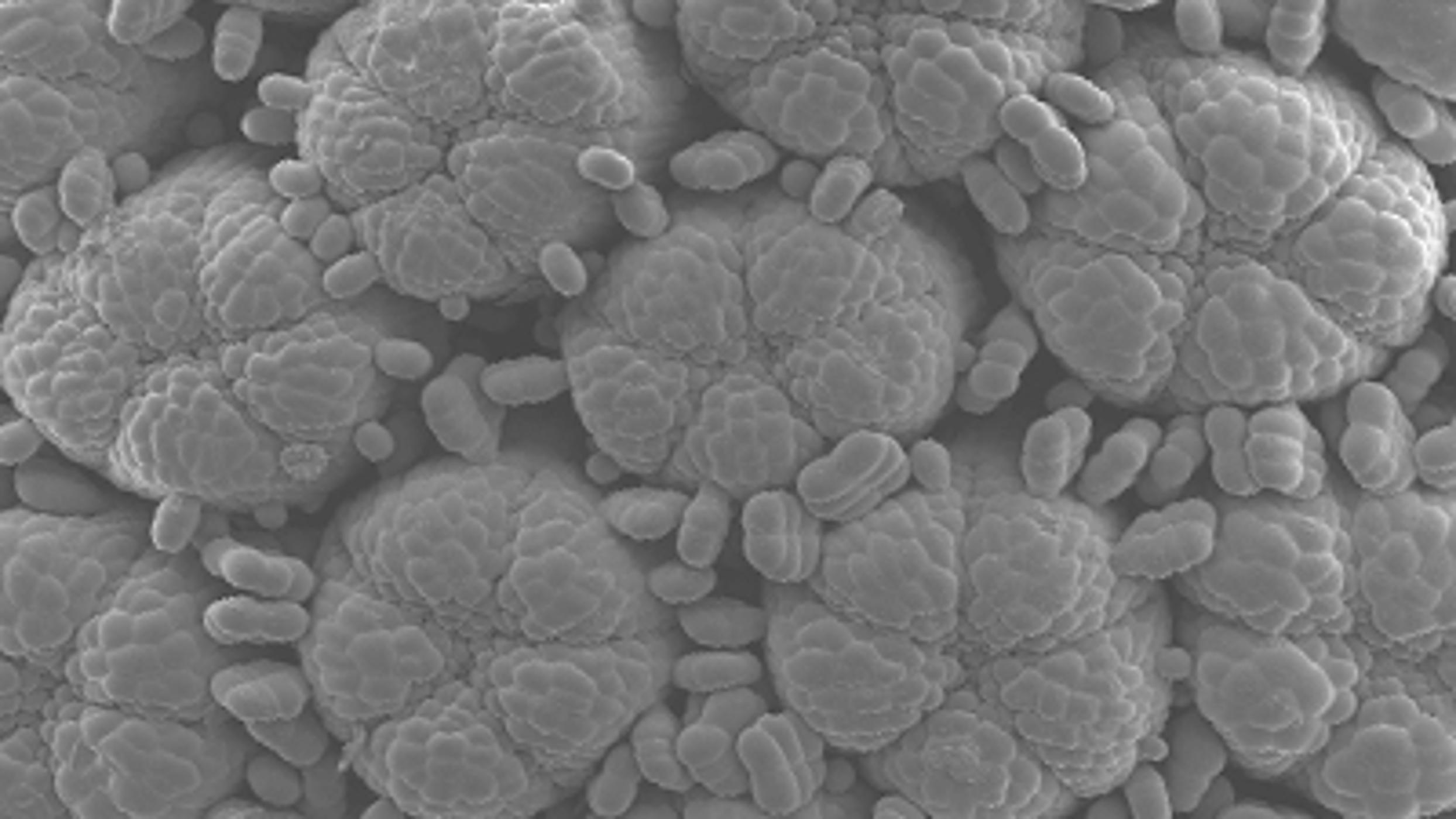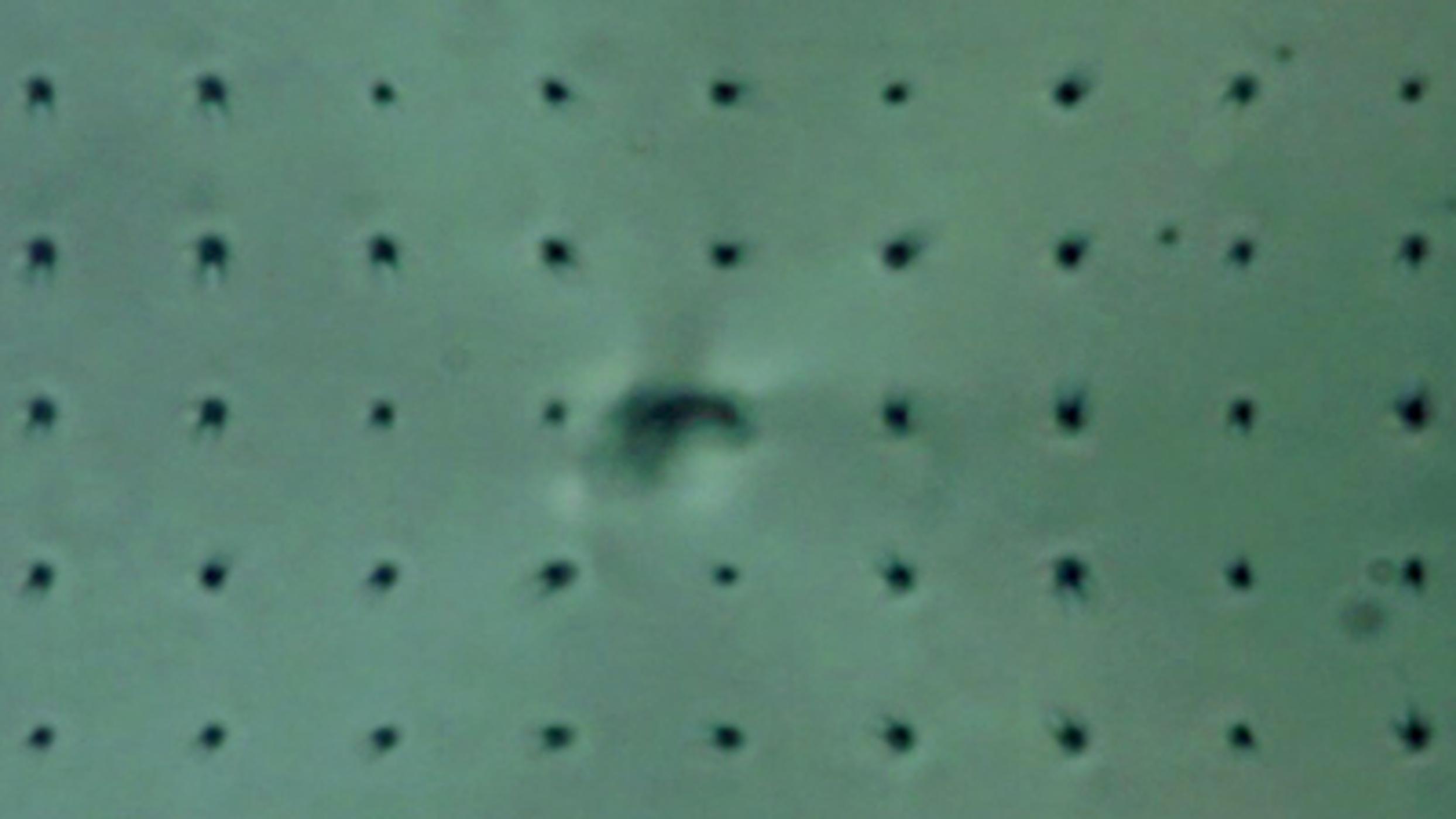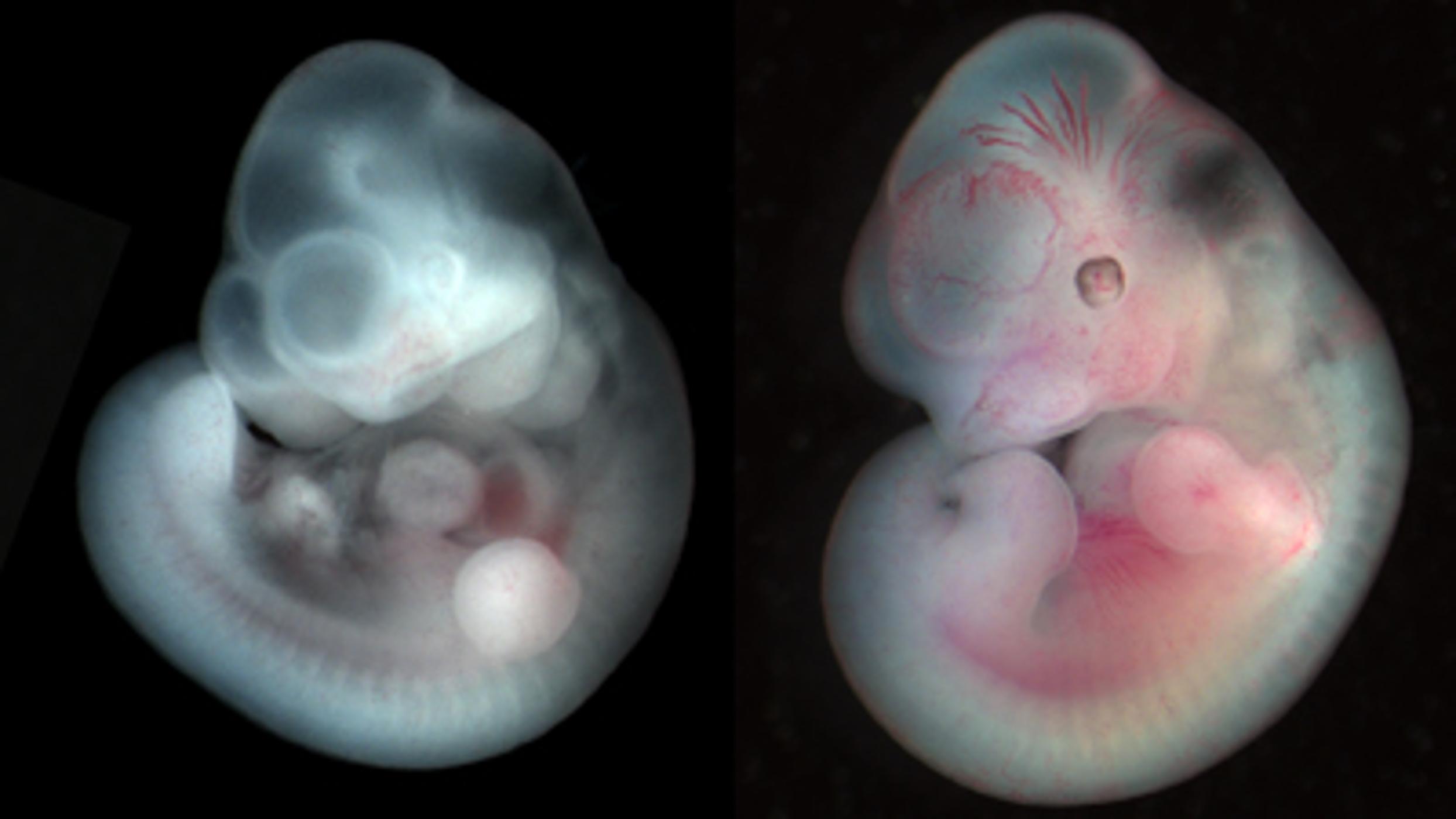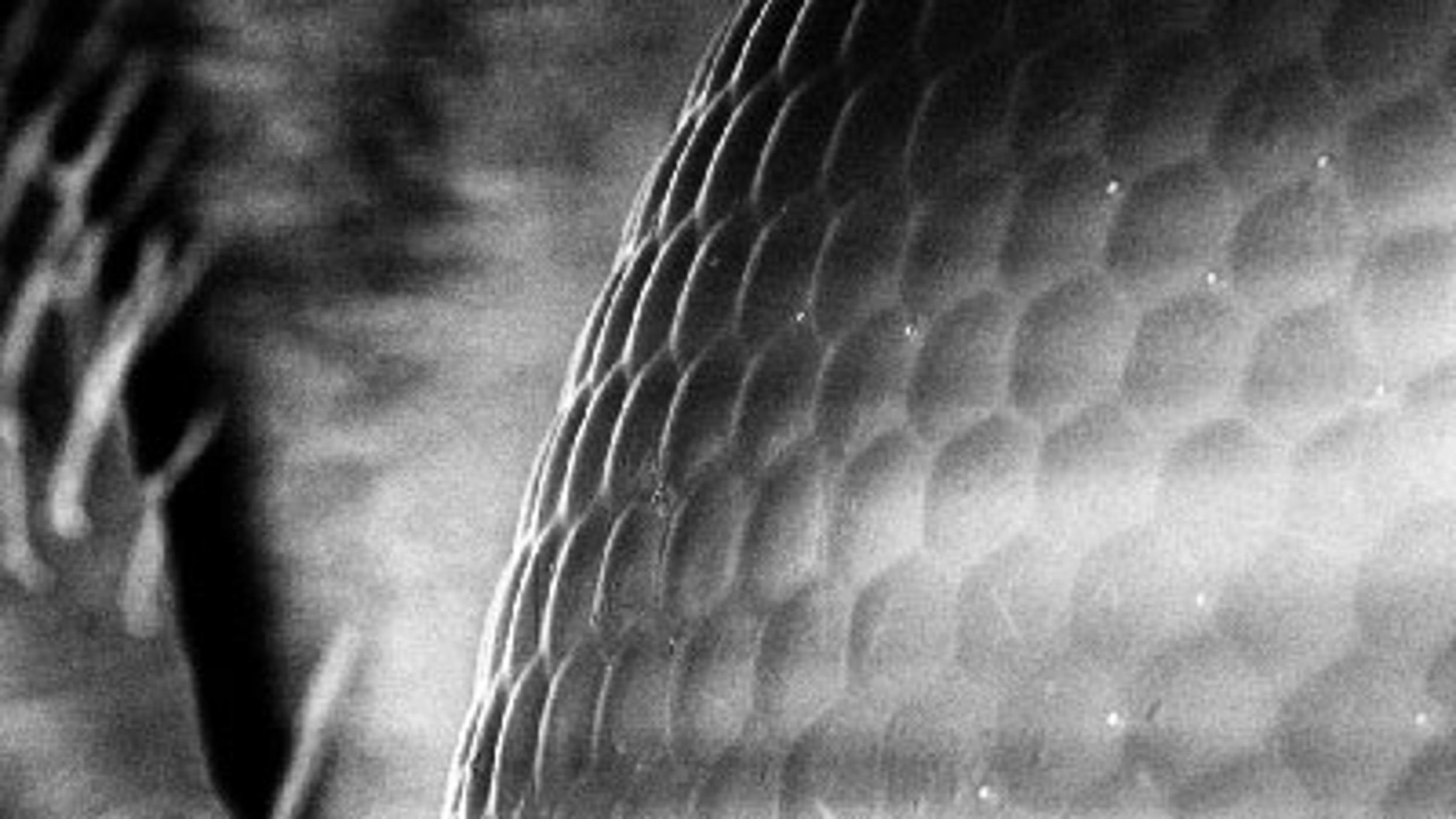Nanowires
Update: 2012-04-12
Description
Andrew Gamalski:
“This video is a bright field environmental transmission electron microscopy video of silicon nanowires growing from gold catalyst particles. The dark crystalline shapes initially present in the video are the gold particles. Disilane, a silicon rich gas, feeds nanowire growth. The solid catalyst particles liquefy after being exposed to the disilane early in the video. Eventually, a solid silicon crystal forms in the now liquid catalyst particle. This crystal continues to grow as silicon is continuously deposited into the catalyst from the disilane gas. The new silicon crystal’s diameter is restricted by the size of the gold catalyst. This means the silicon can grow in one direction only, forming a nanowire.”
Video courtesy of S. Hofmann, et al. Nature Materials 7, 372 - 375 (2008). Speaker in the video is Andrew D. Gamalski, a current graduate student studying nanowire growth under Dr. Stephan Hofmann in the Engineering Department at the University of Cambridge. Additional information about this group’s experiments involving germanium nanowires can be found at: http://nanotechweb.org/cws/article/tech/43377
Original Nature article:
http://www.nature.com/nmat/journal/v7/n5/full/nmat2140.html
Department of Engineering:
http://www.eng.cam.ac.uk
Music by Peter Nickalls:
http://www.peternickalls.com
Find more Cambridge research here:
http://www.cam.ac.uk/research
“This video is a bright field environmental transmission electron microscopy video of silicon nanowires growing from gold catalyst particles. The dark crystalline shapes initially present in the video are the gold particles. Disilane, a silicon rich gas, feeds nanowire growth. The solid catalyst particles liquefy after being exposed to the disilane early in the video. Eventually, a solid silicon crystal forms in the now liquid catalyst particle. This crystal continues to grow as silicon is continuously deposited into the catalyst from the disilane gas. The new silicon crystal’s diameter is restricted by the size of the gold catalyst. This means the silicon can grow in one direction only, forming a nanowire.”
Video courtesy of S. Hofmann, et al. Nature Materials 7, 372 - 375 (2008). Speaker in the video is Andrew D. Gamalski, a current graduate student studying nanowire growth under Dr. Stephan Hofmann in the Engineering Department at the University of Cambridge. Additional information about this group’s experiments involving germanium nanowires can be found at: http://nanotechweb.org/cws/article/tech/43377
Original Nature article:
http://www.nature.com/nmat/journal/v7/n5/full/nmat2140.html
Department of Engineering:
http://www.eng.cam.ac.uk
Music by Peter Nickalls:
http://www.peternickalls.com
Find more Cambridge research here:
http://www.cam.ac.uk/research
Comments
In Channel



